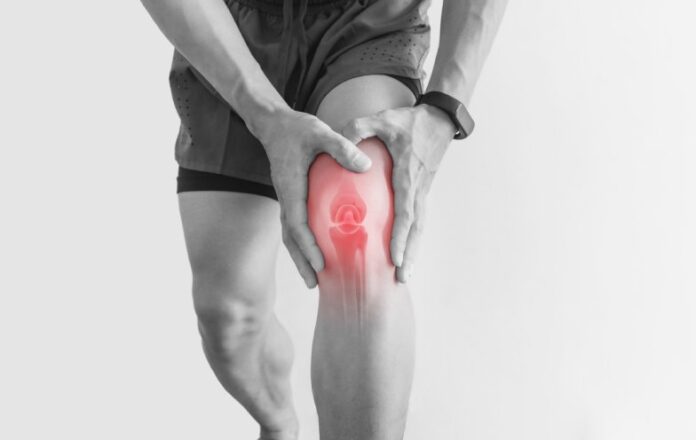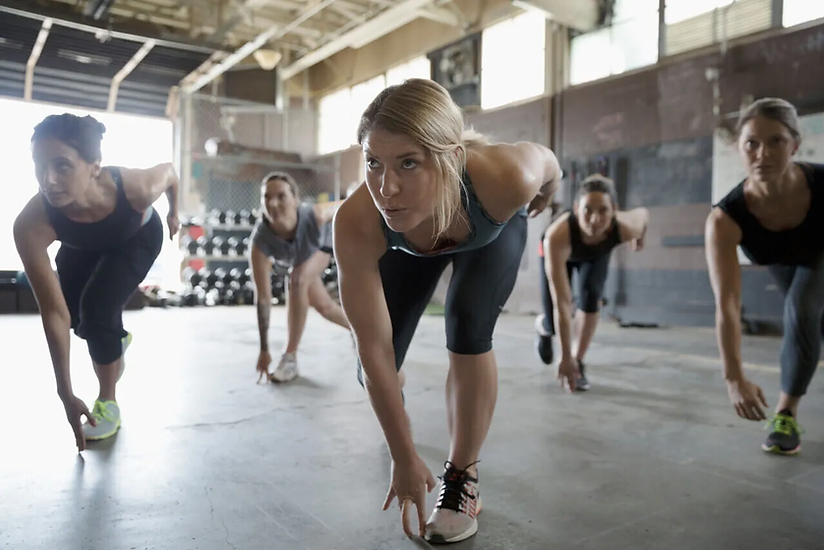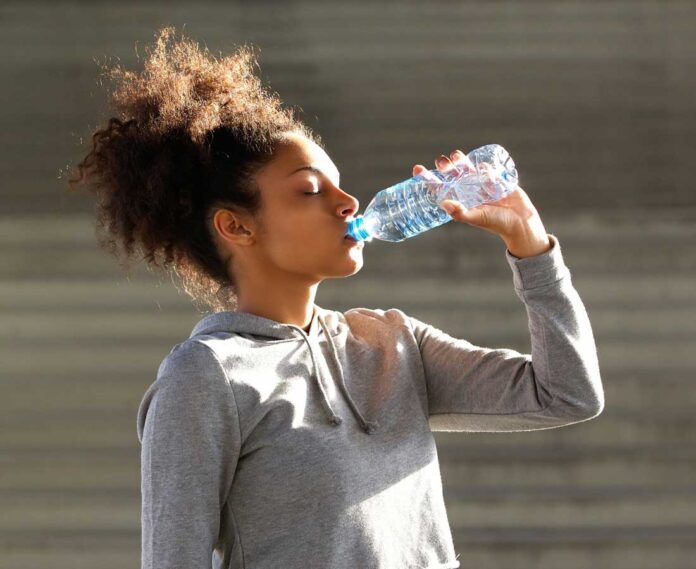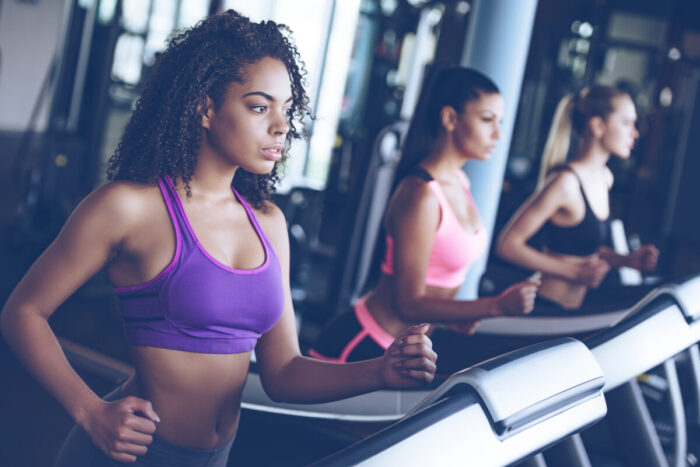You just had a good workout. You lifted weights, ran on the treadmill, and did some stretching. But the next day, you don’t feel sore. You start wondering, “Did I do something wrong? Did my workout even count?” If this sounds like you, don’t worry. This article explains why you might not feel sore after a workout and what it means for your fitness journey. We’ll also hear from a personal trainer for insights and tips.
Soreness is Not the Only Indicator
First, let’s clear up a common misconception: soreness does not always indicate a successful workout. Muscle soreness happens when you engage in an activity that your body isn’t used to or when you push yourself hard. This leads to tiny tears in your muscle fibers, which then repair and grow stronger. But lack of soreness doesn’t mean your muscles didn’t get a good workout or that they’re not growing stronger. Your body adapts to your fitness routine over time, and you may experience less soreness as a result as explained by some of the best personal trainers Dubai here!

The Role of Adaptation
Our bodies are very good at adapting to new situations. When you first start a new workout routine, you might feel very sore because your body isn’t used to that kind of physical stress. But as you continue, your muscles get used to the activity. This adaptation can result in reduced soreness. The principle of adaptation applies to all forms of exercise, whether it’s lifting weights, running, or yoga.
You Might Be Warmed Up
Being adequately warmed up before engaging in strenuous physical activity can also contribute to reduced muscle soreness. A good warm-up increases blood flow to the muscles and prepares your body for exercise. This preparation might reduce the level of stress on the muscles, leading to less soreness afterward.
Type of Exercise Matters
The kind of exercise you do can also affect how sore you feel afterward. Eccentric exercises, which lengthen the muscle under tension (like the downward motion in a bicep curl), usually cause more soreness. Concentric exercises, where the muscle shortens under tension (like the upward motion in a bicep curl), tend to cause less soreness. If your workout focuses more on concentric movements, you may not feel as sore afterward.

Personal Trainer’s Insights: Technique and Duration
According to a certified personal trainer, technique and duration also play a role in post-workout soreness. Doing exercises with poor technique can lead to an ineffective workout and might even result in injury, rather than muscle soreness. On the other hand, a workout that is too short or too easy won’t challenge your muscles enough to cause soreness. The trainer recommends aiming for a balanced workout that includes proper technique and enough time to challenge your muscles.
Tips for Future Workouts
If you find that you never feel sore and you’re not seeing any improvements in your fitness level, it might be time to change up your routine. Here are some tips:
- Intensity: Add more weight, run faster, or include more challenging moves to increase the intensity.
- Variety: Include different kinds of exercises to challenge different muscle groups.
- Frequency: Increase the number of times you work out per week.
- Consult a Professional: If you’re still concerned, it might be a good idea to consult a personal trainer. They can evaluate your routine and offer suggestions for improvement.
Duration Matters Too
The length of your workout can also play a big role in how sore you feel afterward. A quick 20-minute workout may not be enough to cause soreness. On the other hand, a longer session that pushes your endurance could lead to more noticeable discomfort. The key is finding the right balance that challenges your body but doesn’t push it to the point of injury. Always remember that overdoing it can result in harm rather than benefit.

Hydration and Nutrition
What you consume before and after your workout can also affect how your body recovers and whether or not you feel sore. Staying hydrated helps your muscles work more efficiently and may reduce the likelihood of soreness. Adequate nutrition, including protein intake, can also aid in muscle recovery and reduce soreness. A well-fed and hydrated body is more capable of taking on the rigors of exercise and recovering without excessive discomfort.
The Role of Stretching and Recovery
Stretching and recovery activities like foam rolling can contribute to how your muscles feel post-workout. Engaging in these activities can help your muscles recover faster and may reduce soreness. Contrary to popular belief, stretching isn’t just something you do before or after your main workout. Dedicated stretching and recovery sessions can be extremely beneficial in improving flexibility, reducing muscle tension, and aiding overall recovery.
Personal Trainer’s Tips: Quality Over Quantity
A certified personal trainer often emphasizes the importance of quality over quantity. It’s better to do fewer reps with good form than to do many with poor form. High-quality, targeted exercises can stimulate your muscles effectively without requiring you to be in the gym for hours. This approach can reduce your risk of injury and might explain why you’re not feeling as sore. Remember, the goal is not to feel sore but to improve your fitness level effectively and sustainably.

Psychological Factors
Believe it or not, your mental state can also influence how sore you feel after a workout. If you’re highly motivated and mentally prepared for your workout, you may find that you experience less discomfort afterward. This isn’t to say that the exercise is any less effective; rather, your mind’s readiness can help you push through barriers and may affect your perception of soreness after the fact.
Conclusion
Not feeling sore after a workout is not necessarily a cause for concern. Soreness is just one indicator of a workout’s effectiveness, and it’s not always the most reliable one. The lack of soreness can result from a variety of factors including the type of exercise, duration, technique, and even your state of mind. The most important thing is to focus on your overall fitness goals, whether that’s building strength, improving endurance, or increasing flexibility. If you’re concerned about the lack of soreness or if you’re not seeing the results you want, consult a personal trainer for a personalized evaluation and recommendations. Remember, the aim is to build a sustainable fitness routine that helps you achieve your long-term health goals.









